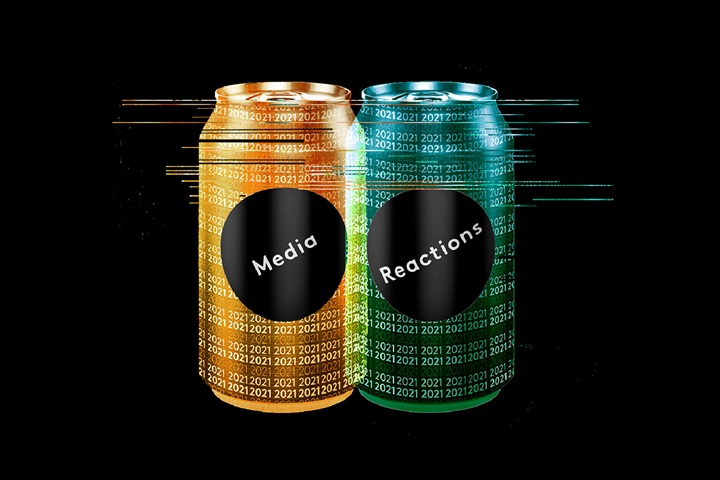Achieving the right media mix has been an ongoing quest for marketers for decades. Today, advertisers are less confident than ever in getting the balance right between their online and offline media investments. In our Media Reactions 2020 study, 51% say they are not confident they have the right media mix (up from 44% in 2019). Data from our CrossMedia database also suggests that the balance is still tipped too much in favour of offline, and that a lot of offline media investment isn’t cost-effective. In 2019, offline media channels commanded 79% of campaign investment, but only delivered 59% share of contribution to brand metrics.
Balancing online and offline media spend
We know from previous analysis of CrossMedia norms that the media mix needs to be balanced in a campaign. When one media channel is used too heavily within a campaign, its cost effectiveness falls. The media mix changes we see in our database due to COVID-19 prove this point further.
We calculate a relative cost-effectiveness index, which is the share of contribution to brand metrics per share of investment. This index increased in our database for all media channels that saw a reduced share of spend in 2020. And the cost effectiveness declined for all channels that saw an increased share of spend. The only exception was TV whose cost-effectiveness fell slightly, despite a similar share of spend to the previous year.
To find out more about how the balance between online and offline media has shifted through COVID-19, listen to the Future Proof podcast What is changing in the world of advertising? with Brian Wieser, Global President of Busines Intelligence at GroupM.
The role of digital
According to GroupM’s This Year, Next Year report, digital advertising grew 8.2% during 2020, while spend on most other media channels declined.
This growth in digital media spend is reflected amongst Kantar’s clients. In our CrossMedia database, digital media channels saw their share of spend increase by 5%, which led to the cost-effectiveness index falling from 199 to 167. In parallel, offline media channels’ cost-effectiveness increased from 74 to 77. This is a step towards the equilibrium that media planners should be aiming for, because offline remains relatively less cost effective. The key is spending proportionally more on online, without going too far.
As media planners rely less on traditional media channels, multimedia campaigns will generally be able to deliver more brand impact with the same spend levels.
Spend and effectiveness of online vs. offline media
But TV, OOH and Radio are here to stay
While TV receives the highest share of media spend, it is the least cost effective media channel. However, the current imbalance is not only due to TV: OOH, newspaper, and radio were also less cost-effective for brand impact than others in 2019. This situation remains mostly unchanged through COVID-19. OOH has done a little better compared to 2019, due to the decreased share of investment within a campaign. This is not due to the absolute decline in OOH investment in 2020, as OOH was present in a similar number of campaigns as the previous year (roughly 60% of campaigns used OOH in both years).
This is also shown in the lower cost-effectiveness of radio in 2020, despite fewer campaigns including it (24% in 2020 from 32% in 2019.) It is all about share within a campaign. TV weights, on the other hand, need a more drastic change to make a dent in its cost-effectiveness levels.
Spend and effectiveness of illustrative offline media
What will the future look like?
With the online-offline scale balanced, building a campaign around a backbone media channel such as TV will still be the preferred option. We know from previous analysis of our CrossMedia database that, if TV and digital have a similar share of spend, TV is actually more likely to be cost-effective. While TV will still be the star, plans will rely less on one media channel and be more cost effective. Putting all your eggs in one basket or cutting a channel because it didn‘t work in a single campaign are not good strategies. Both pre-COVID data and the changes from 2019 to 2020 point to the same conclusion. A cost-effective media plan does not put all the burden on one channel. Greater online to offline equilibrium will help advertisers get better value for money for their campaigns.
Get in touch to learn more about our findings.




